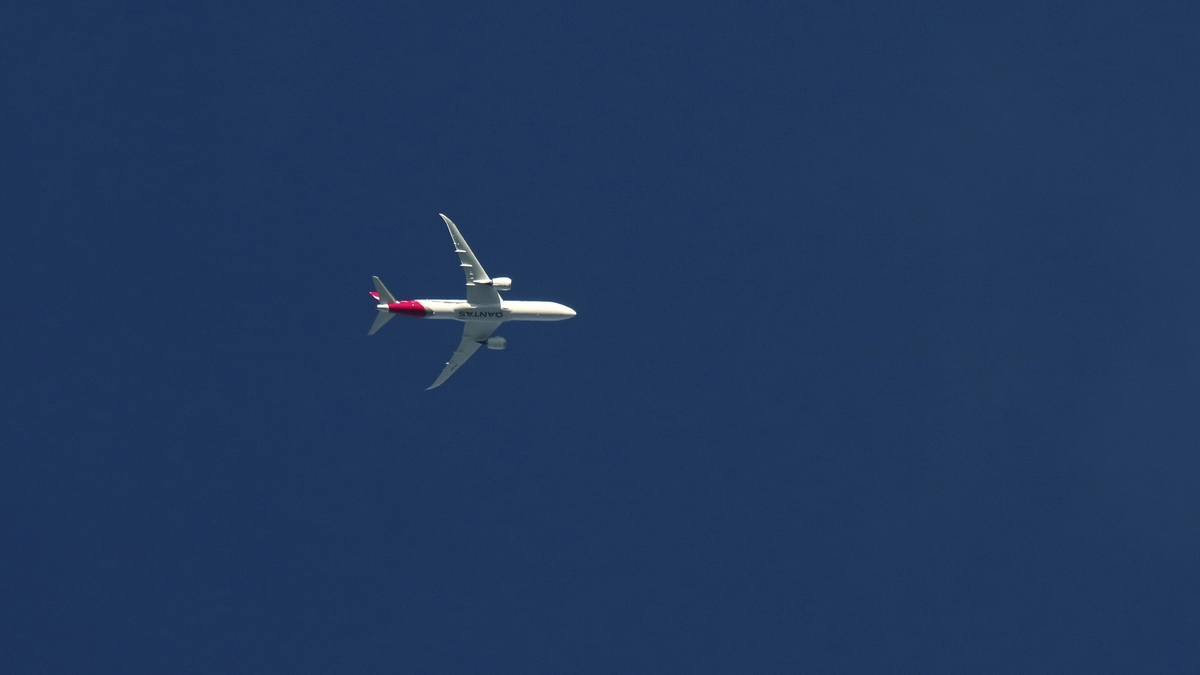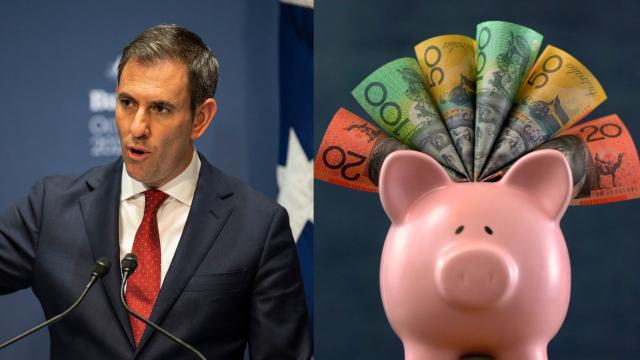The Labor government has delivered its second budget and, as per usual, some sectors are receiving additional support, while others have been forgotten. With the rising rate of inflation, a large focus of this budget has been how the government plans to address the cost of living hell we’re all surviving right now – and now we finally know.
So what are the main takeaways from Labor’s 2023 federal budget?
Federal budget 2023: Main things to know

Cost-of-living
Inflation recently hit a 30-year high which has driven up the price of basically everything. So what does the government plan to do about it?
As expected, the government’s relief package (via The Conversation) includes money towards Centrelink payments and supporting small businesses, including:
- $3 billion in energy bill relief. Up to $500 will be paid to pensioners, veterans, concession card holders and those on government support payments. Up to $650 will be paid to small businesses.
- $3.5 billion over five years on a bulk-billing incentive to lower the costs of seeing a doctor.
- $2.2 billion over five years to add and update the medications available on the pharmaceutical benefits scheme. The changes will allow people with a chronic illness to buy two months’ worth of medication with a single script, thus saving on consultation payment.
- $4.9 billion over five years to boost income support payments. The JobSeeker, Austudy and Youth Allowance rates will be increased by $40 a fortnight.
- $2.7 billion over five years in rent assistance to low-income households. The maximum rate of rent assistance allowances for those on government payments will be increased by 15%.
- $11.3 billion to fund a 15% increase in award wages to aged care workers. The wages for a registered nurse in aged care will rise by more than $10k a year.
The environment
To address the climate crisis, the government has outlined $450 million to go towards helping Australia’s largest industrial emitters curb their emissions. Starting from July, the sector will be required to cut or offset its emissions by about 5% each year until 2030.
Additionally, $2 billion has also been portioned towards driving the development of a clean hydrogen industry in Australia.
In terms of renewables, the government is offering a low-interest loan scheme to homeowners wishing to improve their energy efficiency by investing in things like solar panels and double-glazed windows. $300 million will also go towards these efforts in social housing.
Elsewhere, a $355 million funding boost over four years will go towards Commonwealth national parks and marine reserves.
Travelling
The travel industry is booming again post-pandemic but that doesn’t come without a cost.
The 2023 federal budget plans to increase the ‘Passenger Movement Charge‘ by $10 starting from July 1 next year, which will impact anyone flying or cruising out of Australia.

Superannuation
A reform to superannuation means Aussies should receive a boost to their super funds. From July 2026, reforms mean Aussies will be paid their super allowance on payday, rather than quarterly as is the case now.
This should help ensure more workers receive the super they are owed and will allow more money to be earned through compounding interest.
Other winners in the 2023 budget
Elsewhere in the budget, there were some sectors that benefitted.
The arts are receiving funding (for once), with $7.7 billion going towards the ABC and SBS over five years, and $5 million supporting the Australian Associated Press. $535 million is going towards Australia’s national collecting institutions to help preserve the materials in their collections and $286 million has been allocated to supporting the government’s other arts bodies.
Single parents will have their base payments continued until their youngest child turns 14, which is up from the previous age of eight, providing six more years of support payments.
Who missed out in Labor’s 2023 budget?
While the movements made here should provide significant relief for those on government support payments, there’s not much in the budget for middle-income earners.
Those who smoke or vape are also being hit hard in the latest budget, with the government planning to lift the tobacco excise by 5% each year for the next three years. In saying that, $234 million is also being spent towards curbing the rise in vaping, which includes a public health campaign and support programs to help Australians quit.
The government has also refused to change the upcoming stage three tax cuts, which will abolish the 37 per cent tax bracket and raise the threshold for the top bracket from $180,000 to $200k. This also means anyone who earns between $45k and $200k will pay the same tax rate of 30% from July 2024.
The weird and unexpected
There are always odd or unexpected things to find in the budget each year and that continues in 2023.
The federal government plans to spend $468.8 million on modernising the Australia Secret Intelligence Service. Yes, spies. Naturally, they’re pretty secretive, so we don’t know how exactly the money will be spent.
The government has also allocated $101.2 million to support the growth of “critical technologies”, which includes things such as artificial intelligence. The time of robot overlords is near, friends.
Australia’s space industry has also received a cut of the budget, with $34.2 million going towards national policy and strategy coordination of Australia’s civil space sector.
Along with all that, $2.4 billion is also being spent over the next 10 years to prepare Brisbane for hosting the Olympics in 2032.
If you’re interested in perusing the very long federal budget in full you can see the papers here.
This article has been updated since its original publish date.

Leave a Reply
You must be logged in to post a comment.